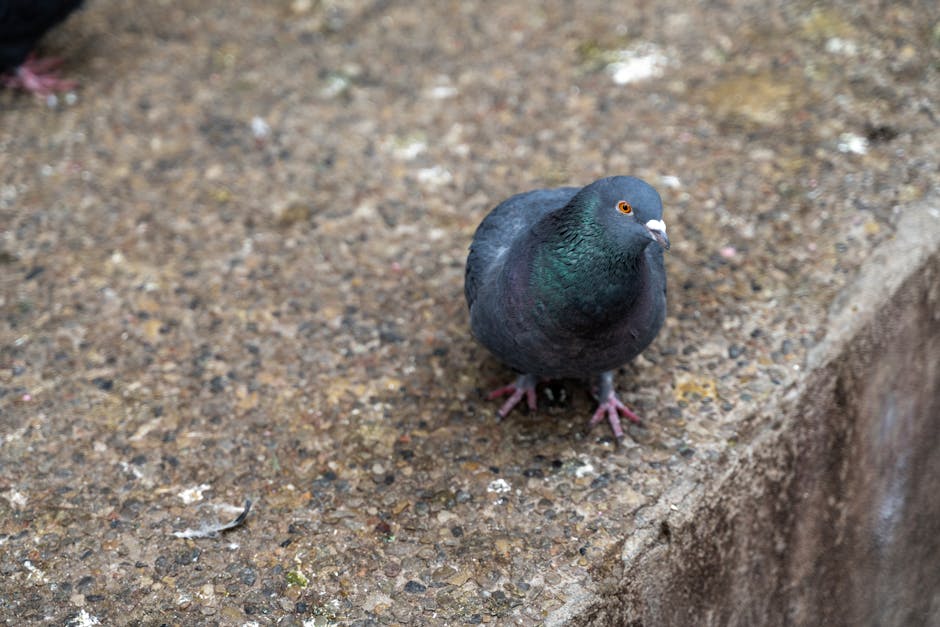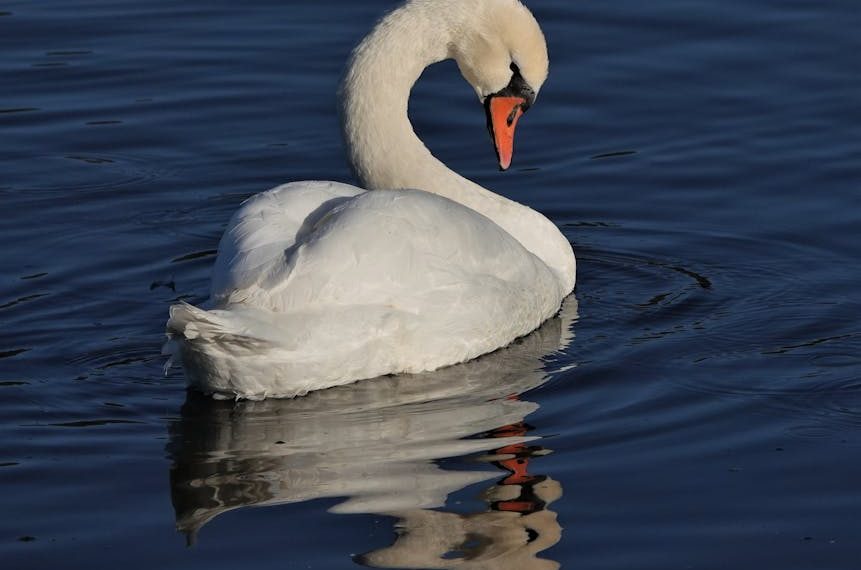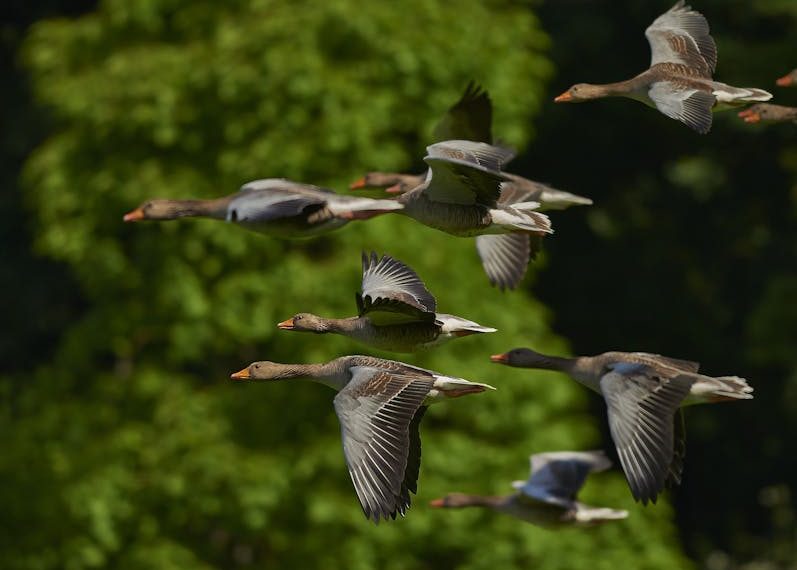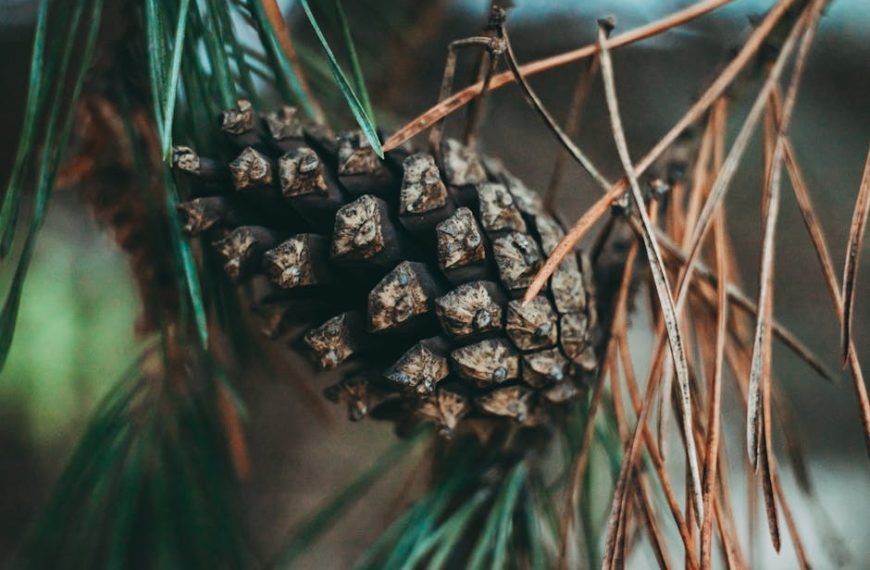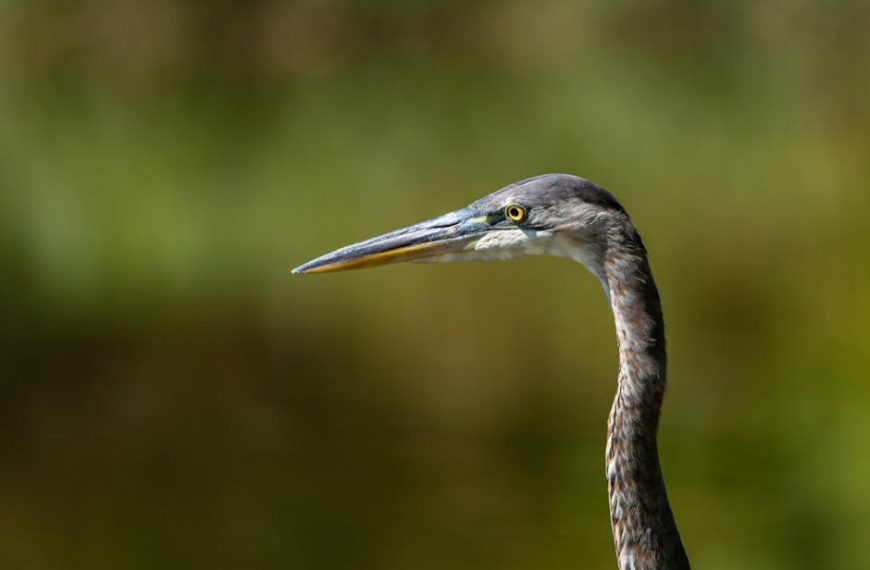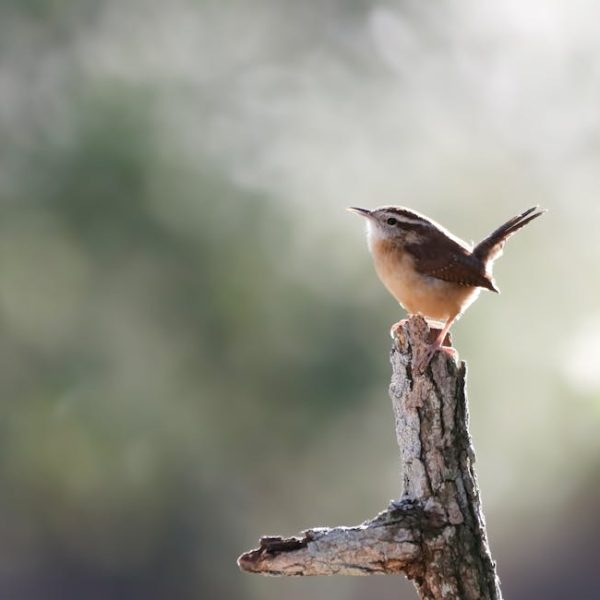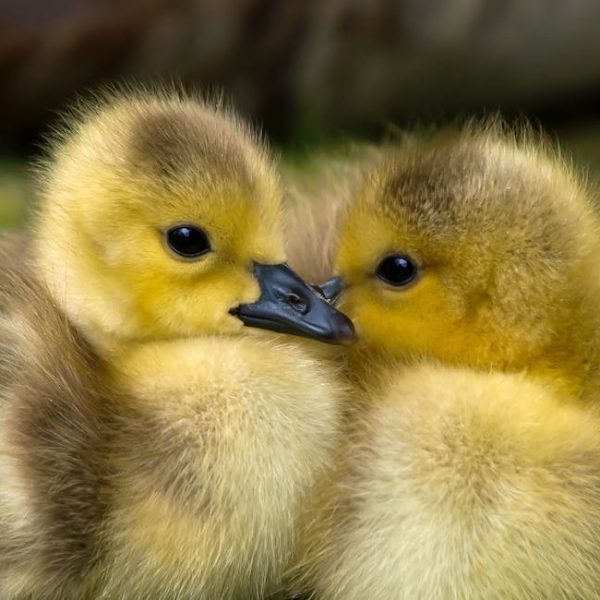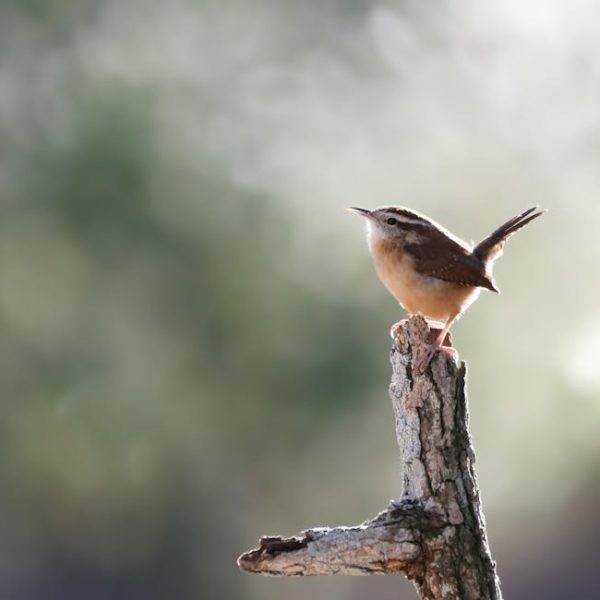Birds have a striking way of reminding us that we coexist in nature. Their songs colour our mornings and their quick flashes of colour add life to our day. But, when these feathered friends choose our gutters as their nesting spot, the harmony can swiftly turn into an array of problems. Having birds nest in your gutters can lead to a variety of issues from clogged waterways to hygiene concerns. As such, it is important for homeowners to understand how to prevent these unwelcome nest-building activities, and this guide aims to provide you with effective tips and tricks to maintain bird-free gutters, focusing on understanding why they choose this spot, and how we can change that.
Understanding why birds nest in gutters
Birds are smart creatures, constantly seeking safe and secure places to roost and reproduce. Gutters offer a hidden, elevated spot that shields them from predators and harsh weather conditions. While this might be idyllic for birds, it poses risks for homeowners. Bird nests can obstruct the flow of rainwater, leading to overflowing gutters, or worse, water leaking into the house. Over time, accumulated nest debris may cause gutters to sag or break. Additional problems may include noise, bird lice, droppings, and other health-related issues.
Recognizing early signs of bird activities can help nip the problem in the bud. These may include an increased number of birds around your house, bird sounds emanating from your gutter, or visible materials such as twigs and leaves hanging out of the gutters. Being alert to these signs can pave the way to effective and preventive actions.
Practical tips to deter birds from nesting in gutters
Several practical strategies could help discourage birds from finding your gutters attractive. Regular cleaning, for instance, removes potential nesting materials, making it less appealing for birds to settle in. Installing gutter guards or sloping gutters can interfere with their nesting preferences, keeping them off your gutters.
However, every solution comes with its pros and cons. Regular maintenance, while being relatively cost-effective, may require frequent effort and time investment. On the other hand, while installation of bird deterrents could provide a long-term solution, initial cost and possible alterations to the property’s aesthetics could be potential downsides.
Here’s a quick checklist to keep in mind:
- Do regular gutter clean-ups.
- Don’t ignore early signs of bird nesting.
- Do consider installing gutter guards or bird deterrents.
- Don’t harm the birds or their nests as a prevention method.
Anti-bird gutter products and their efficacy
A variety of anti-bird gutter products are available in the market to help homeowners. These typically work by making the gutter less hospitable for birds. Such products range from spike strips and bird gels to gutter brushes and electronic devices.
Each product functions differently: spike strips and pointed devices deter birds from landing, bird gels create a sticky surface that birds dislike, while gutter brushes add an unstable surface disrupting nest building. Electronic devices use ultrasonic frequencies to ward off birds. The choice of product can vary depending on your personal preference, cost consideration, and the particular bird species you’re dealing with.
However, it’s notable to mention that while these products can be effective in deterring birds, none offer a 100% guarantee, and consistent maintenance may still be required.
Legislation regarding bird removal in specific regions
Legislation regarding the removal of bird nests can vary widely from place to place, so it’s vital to be aware of your local laws. In various places, protected bird species have laws to safeguard them along with their nests and eggs. Any action that disturbs or harms their nests may have legal consequences. Therefore, ensure to check with your local wildlife agency or conservation service before removing a bird’s nest.
In places where laws restrict immediate eviction of nesting birds, you might be asked to wait until the young birds have left the nest. In such cases, focus on non-aggressive deterrence methods and preventive strategies to reduce the attractivity of your gutters.
Best practices for dealing with bird nests in gutters
When dealing with bird nests in your gutter, it’s paramount to employ humane practices that put the safety of both birds and the homeowners into consideration. Here are some useful tips:
- Always wear protective clothing, gloves, and a mask while handling bird nests to protect yourself from bird lice or any pathogens.
- Avoid touching the nest with bare hands. If possible, use tools to remove the nest from a distance.
- Clean the area thoroughly after removing the nest. Sanitize the gutter to eliminate any nest debris or droppings.
- If young birds are still in the nest, consult local wildlife rescue or conservation agencies on the safe removal of the nest or ask for help.
- Never use harmful deterrents such as poison or harmful substances.
Conclusion
Preventing birds from nesting in your gutters can be a challenging task, but with a clear understanding of why birds choose gutters as nesting spots and applying the effective tips, products, and practices addressed in this guide, you can ensure that your gutters remain bird-free. Always remember, it’s essential to respect the lives of our feathered friends while taking steps to secure our homes. And, don’t forget to familiarize yourself with any local laws regarding bird nest removal to protect yourself from any legal complications.
Key Takeaway:
- Birds often choose gutters as nesting spots for safety and easy access to food and water, creating problems such as obstruction of rainwater flow or added pressure on gutters due to nest debris.
- Regular cleaning, installation of gutter guards, or use of other bird deterrents can serve as effective ways to prevent birds from nesting in gutters.
- Anti-bird gutter products like spike strips, bird gels, gutter brushes, and electronic devices can help deter birds but require consistent maintenance for effectiveness.
- Adherence to local laws regarding bird removal is crucial to avoid legal implications, and humane practices should be the norm when dealing with bird nests.
- Best practices include wearing protective gear, using tools to handle nests, thorough cleaning after removal, and never using harmful deterrents.
Facing bird nests in your gutters can be daunting, but armed with the right understanding and tools, you can address this issue confidently. Remember, it is crucial to balance between maintaining a bird-free gutter and extending kindness to our feathered friends who call our gutters home. Make sure your approach is both effective and humane, and you will maintain harmony.
FAQs
Q: How often should I clean my gutters to prevent bird nesting?
A: It’s generally suggested to clean your gutters at least twice a year. However, if you notice frequent bird activities, it might help to clean them a bit more regularly to remove any potential nesting materials.
Q: Are there any bird-friendly alternatives that I can provide to deter them from nesting in gutters?
A: Absolutely, you can set up birdhouses in your yard or garden. They provide an inviting alternative for birds to nest, steering away from your gutters.
Q: What can I do if a protected bird species has nested in my gutter?
A: In such cases, removal may often be illegal. You should contact local wildlife agencies for advice or assistance. They may relocate the nest or advise you to wait until the nesting cycle is over.
Q: Can bird droppings from gutter nests cause any health risks?
A: Yes, prolonged exposure to bird droppings can lead to several diseases. While the risk is generally low, it’s preferable to maintain clean gutters and keep bird nesting at bay.
Q: Are electronic bird deterrents safe for birds?
A: Generally, electronic bird deterrents are designed to be disruptive but not harmful to birds. However, ensure to opt for reputable products and seek expert advice if unsure.
Feel free to share this article with those who would find it beneficial. Explore more posts on our website for a host of other useful guidance and advice.
